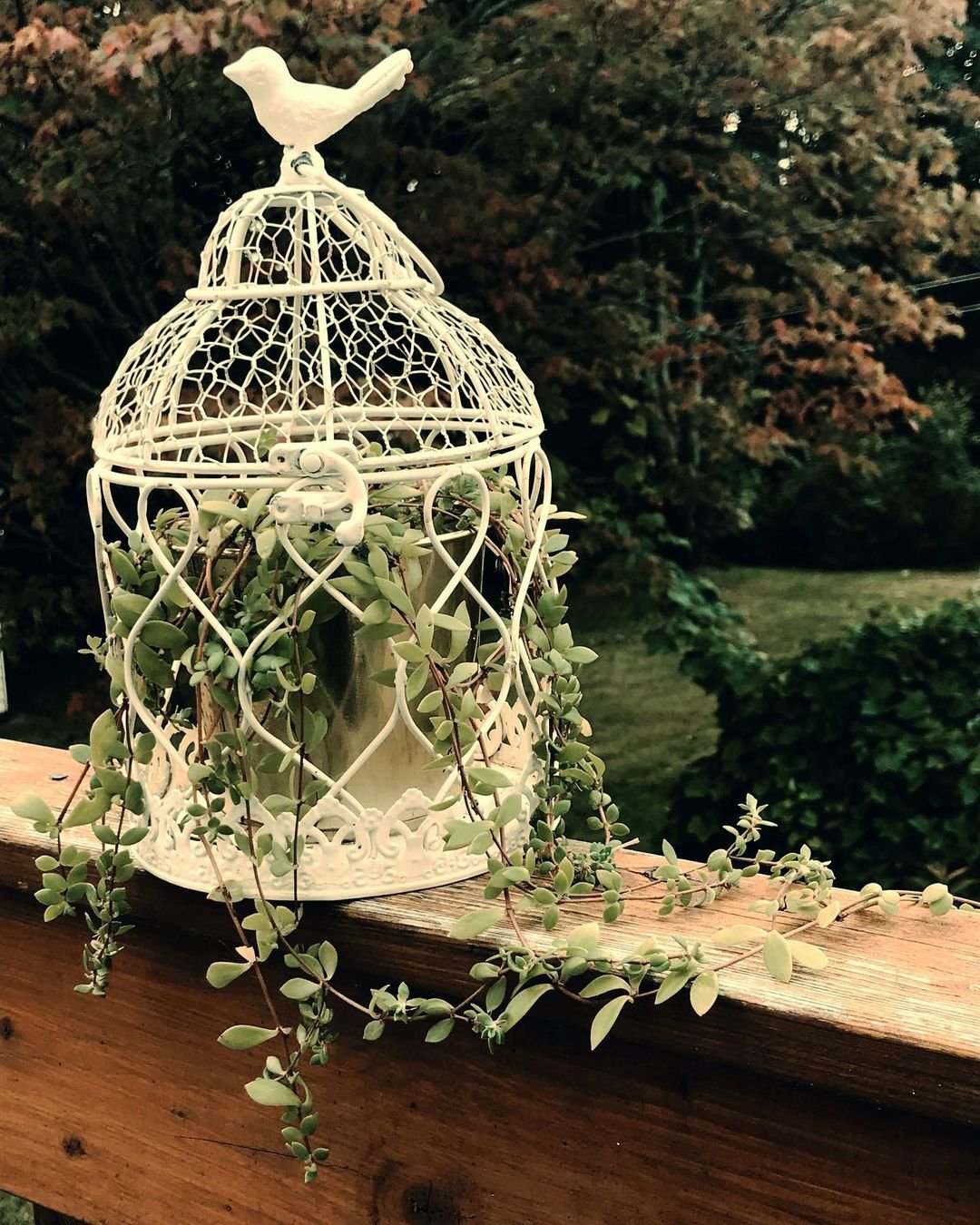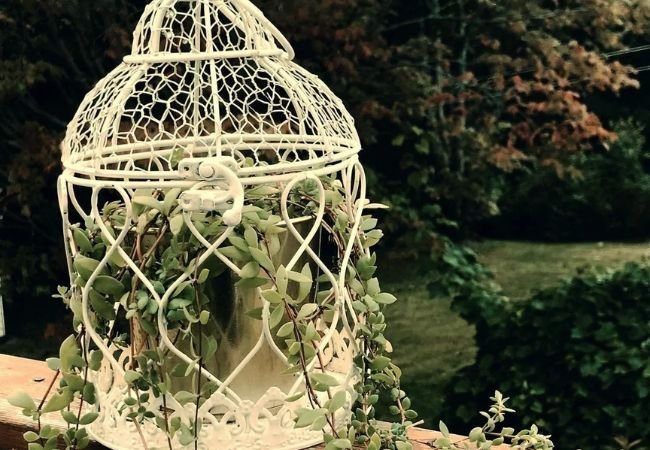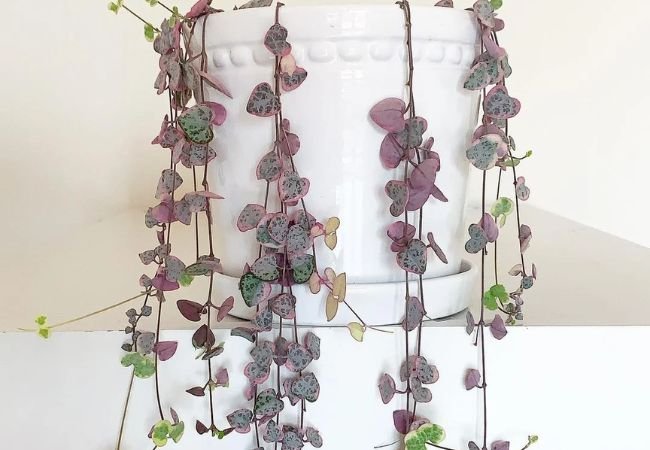Learn about Trailing Stonecrop (Sedum morganianum), an easy-to-grow succulent houseplant. Discover care tips, common problems and interesting facts about this unique plant with bead-like leaves and long, hanging stems.
So, you’ve probably seen those cool plants with long, dangly stems and tiny leaves that look like green beads, right? That’s Trailing Stonecrop, but don’t worry if you can’t remember that name – folks also call it Burro’s Tail or Donkey’s Tail. It’s a real hit because it looks awesome and doesn’t need you fussing over it all the time. Let’s dig into what makes this plant so great!
Here’s the information about Trailing Stonecrop (Sedum morganianum):
| Aspect | Details |
|---|---|
| Botanical Name | Sedum morganianum |
| Common Name | Trailing Stonecrop, Burro’s Tail |
| Plant Type | Succulent, Trailing Vine |
| Hardiness Zone | Zones 9-11 (grown as a houseplant in cooler zones) |
| Sun Exposure | Bright, indirect light to partial sun |
| Soil Type | Well-draining, sandy or cactus mix soil |
| Watering Needs | Low; water thoroughly when soil is dry, reduce watering in winter |
| Growth Habit | Trailing, cascading |
| Height/Spread | Trails up to 2-4 feet long |
| Special Features | Fleshy, blue-green leaves resembling tails, drought-tolerant, ideal for hanging baskets or containers, easy to propagate from leaf cuttings |
What’s the Deal with Trailing Stonecrop?

Okay, so Trailing Stonecrop (fancy plant people call it Sedum morganianum) is part of the succulent family. You know, those plants that store water like little champs? Yeah, that’s them. This guy originally comes from Mexico, so it’s used to bringing the heat!
How to Spot It:
- Long stems that hang down (they can get super long, like 4 feet!)
- Tiny, chubby leaves that look like green or bluish-green beads
- Sometimes it gets pink or red flowers, but don’t hold your breath if it’s indoors
Growing Your Own Trailing Stonecrop
Trust me, if you’re new to the plant game, this is a great one to start with. It’s pretty chill and can handle life in most homes without throwing a fit.
Light
It likes bright spots but not direct sun. Think of it like a cat that wants to be near the window but not right in the sunbeam.
Water
Easy does it on the watering! Let it dry out between drinks. In winter, cut back even more – it’s like the plant’s taking a little siesta.
Soil
Go for soil that drains well. You can grab some cactus or succulent mix at the store – your plant will thank you.
Temperature
It likes it warm, around 65-75°F. Just don’t let it get too cold or frosty, or it’ll throw a tantrum.
Taking Care of Your Green Buddy
Feeding
Don’t go crazy with the plant food. A little balanced fertilizer once a month in spring and summer is plenty.
Pruning
If it starts looking like Rapunzel, feel free to give it a trim. Bonus: You can use those cuttings to make more plants!
Repotting
Every couple of years, or when it starts looking cramped, give it a bigger home.
Dealing with Drama
Leaves Falling Off
Don’t freak out if some leaves drop – it’s normal. But if it’s raining leaves, you might be watering too much or too little.
Squishy Stems
This usually means you’re being too generous with the water. Let it dry out and ease up on the H2O.
Not Growing
If your plant’s being lazy, it might need more light or a little plant food boost.
Why People Are Obsessed with Trailing Stonecrop
- It’s super low-maintenance (perfect for forgetful folks)
- Looks killer in hanging baskets
- You can grow new plants from fallen leaves or cuttings (free plants, anyone?)
- It helps clean the air in your home (nature’s air freshener!)
Fun Tidbits
- In Mexico, some people think it brings good luck (can’t hurt, right?)
- It’s named after some plant nerd called Dr. Eric Walther
- The “Burro’s Tail” nickname? Yeah, ’cause it looks like a donkey’s tail hanging down
Trailing Stonecrop in a nutshell. It’s a cool, quirky plant that’s hard to kill and fun to grow. Why not give it a shot? Your windowsill could use a new friend!
For more gardening tips and plant care guides, visit usagardenhub.com.





